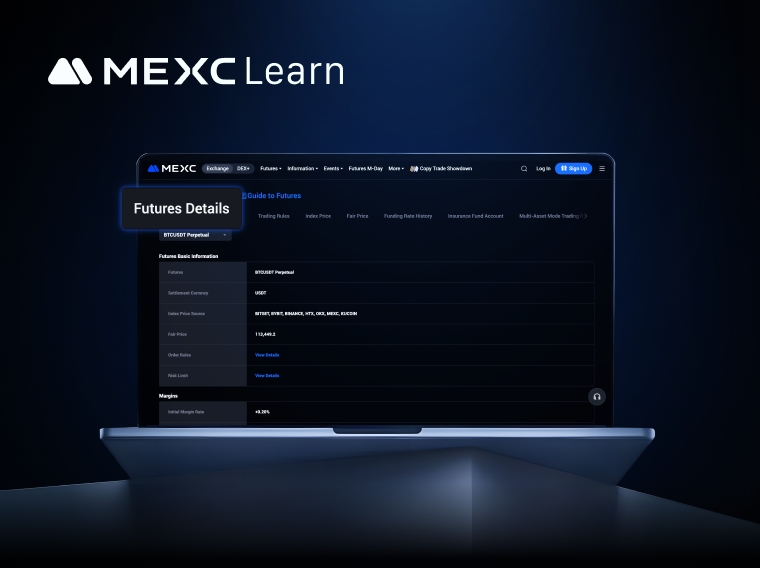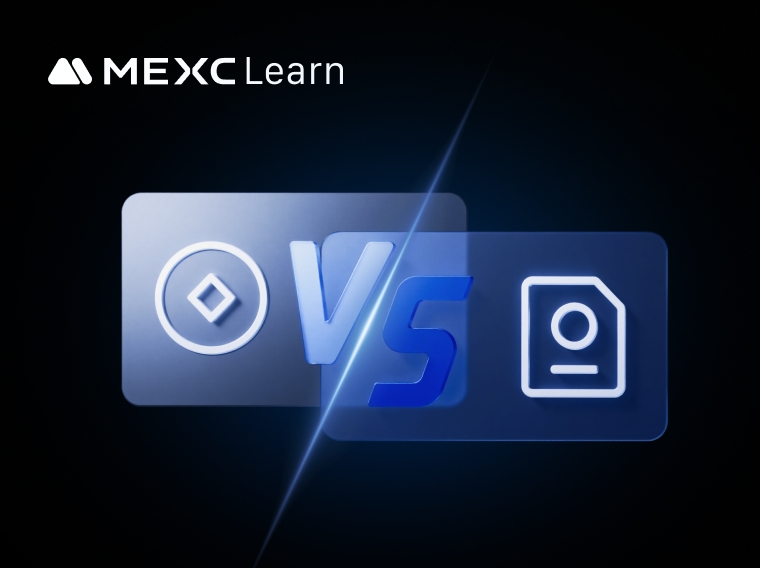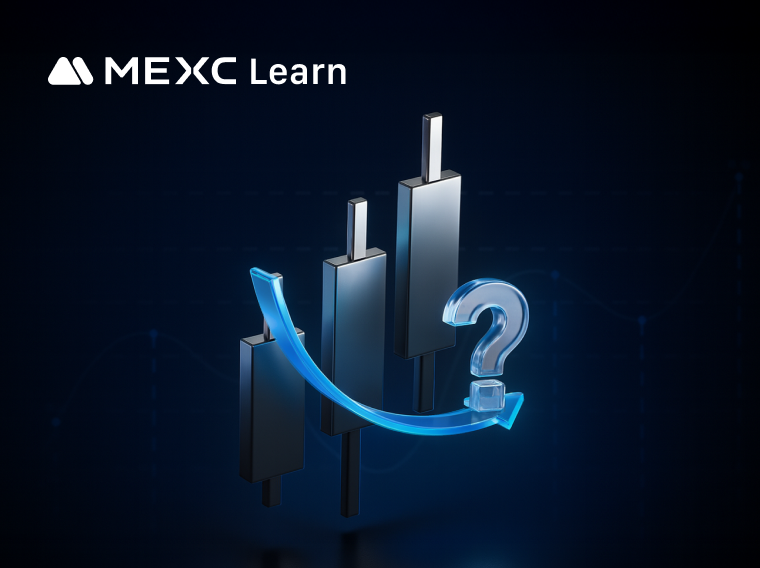What is the Auto-Deleveraging (ADL) Mechanism? A Critical Risk Management Safeguard for Futures Traders

1. Why Understanding the Auto-Deleveraging (ADL) Mechanism is Essential: A Real-World Case Illustration
2. What is the Auto-Deleveraging (ADL) Mechanism? An Overview
- A liquidated user's position reaches the liquidation price, but insufficient market liquidity prevents normal liquidation.
- The platform's risk reserve (insurance fund) is depleted and cannot cover the shortfall from liquidation.
- Extreme price volatility and increased slippage result in a large number of concentrated liquidations.
- User A opens a BTC long position using 10,000 USDT in margin, with 10× leverage and a notional value of 100,000 USDT. After a market rebound, BTC rises 20%, and A's unrealized PNL reaches 20,000 USDT. If the market then rapidly reverses and platform liquidity becomes strained, rendering normal liquidation ineffective, the system will trigger ADL.
- The system identifies A as a high-profit, high-leverage user. Part of A's position is closed at the liquidation price, and the corresponding share is allocated to liquidated accounts. Although A is in profit, their position is reduced to help maintain overall system stability.
2.1 ADL Execution Logic and Priority Ranking Mechanism
- Ranking Value for Profitable Accounts = PNL (%) × Effective Leverage
- Ranking Value for Losing Accounts = PNL (%) / Effective Leverage (Accounts with lower values are ranked lower and are less likely to be reduced.)
- PNL (%) = (Mark Price Value − Average Entry Value) / Average Entry Value
- Effective Leverage = Mark Price Value / (Mark Price Value − Liquidation Value)
- Mark Price Value = Mark Price × Position Size
- Liquidation Value = Position value at the liquidation price
3. Difference Between ADL and the Standard Liquidation Mechanism
Comparison Aspect | Standard Liquidation | Auto-Deleveraging (ADL) |
Trigger Mechanism | Triggered when an individual account falls below the maintenance margin ratio | Triggered by systemic risk or when the insurance fund is insufficient |
Target Account | The user's own account | Other users' accounts (high-leverage, high-profit accounts) |
Liquidation Method | Order placed on the market for matching | System-executed matching (direct counterparty execution) |
Execution Order | Evaluated independently per account | Executed based on market-wide ranking priority |
4. How to Reduce the Risk of ADL
4.1 Control Leverage to Avoid a High ADL Ranking
- Beginners are advised to use moderate to low leverage, preferably within the 3-5× range. The lower the leverage, even with significant unrealized gains, your ranking value remains lower, making your position safer.
4.2 Take Profit in Batches to Reduce Unrealized Profit Concentration
- Take profits in a timely manner or close positions in batches to reduce unrealized gains and lower the chance of being targeted by the system.
- Avoid chasing maximum profit. Locking in gains is the wiser strategy.
- Take-Profit: Set auto-close prices based on your expected target levels or previous highs to ensure profits are realized even during volatile movements.
- Stop-Loss: Define stop-loss levels using key support areas or your personal maximum loss tolerance to prevent losses from becoming unmanageable.
Drawdown | Required Gain to Break Even |
10% | 11% |
20% | 25% |
50% | 100% |
4.3 Avoid Holding High-Profit Positions During Extreme Market Conditions
- It is advisable to proactively reduce position size or lower leverage ahead of high-volatility phases.
- Alternatively, partially close positions in advance to reduce profit exposure on a single position.
- Avoid taking all-or-nothing risks by holding high-profit positions during extreme market conditions.
4.4 Diversify Strategy Allocation to Avoid Concentrated Profits
- Sub-account management to distribute profitable positions across accounts
- Hedging strategies (e.g., holding opposing positions) to reduce net profits while maintaining the core strategy logic
- Combining different assets and strategy types to avoid single-point exposure and diversify overall risk.
4.5 Prioritize Major Assets with Healthy Liquidity
- Futures pairs for major assets such as BTC and ETH typically have deep liquidity and a higher success rate for liquidation via order matching, resulting in lower ADL risk.
- In contrast, low-cap tokens or illiquid trading pairs are more prone to ADL, as liquidations may fail to match in volatile conditions.
5. Conclusion: Understanding ADL is a Core Skill for Professional Traders
- Why Choose MEXC Futures? Gain a deep understanding of MEXC's Futures trading advantages and features to help you stay ahead in the derivatives market.
- How to Participate in M-Day? Learn the step-by-step process and strategies for joining M-Day and don't miss out on over 70,000 USDT in daily Futures bonus airdrops.
- MEXC Futures Trading Tutorial (App): A detailed walkthrough of futures trading on the MEXC App to help you get started with ease and trade confidently.
Popüler Makaleler

Quick Guide to Futures Information Terminology and Trade Futures with Confidence
When you open the MEXC Futures trading interface, what greets you isn't just the dynamic candlestick chart, but also rows of constantly changing data and professional terms: Index Price, Fair Price, F

Spot Trading vs. Futures Trading: A Beginner's Guide to Determining Which is Right for You
As the cryptocurrency market continues to mature, the diversification of trading tools has become a key factor in building robust investment strategies. Among global mainstream crypto exchanges, MEXC

Futures FAQ: 10 Questions to Kickstart Crypto Futures Trading
The cryptocurrency market is highly volatile and fast-paced. Futures trading, as an efficient and flexible derivative tool, is increasingly favored by users. This article addresses the 10 most common

3 Key Prices in Futures Trading: What Are Index Price, Fair Price, and Last Price?
When accessing the MEXC Futures trading interface, you’ll see that the charts and order book reflect more than a single price. In reality, three key prices play a critical role in shaping your trading
İlgili Makaleler

Quick Guide to Futures Information Terminology and Trade Futures with Confidence
When you open the MEXC Futures trading interface, what greets you isn't just the dynamic candlestick chart, but also rows of constantly changing data and professional terms: Index Price, Fair Price, F

Spot Trading vs. Futures Trading: A Beginner's Guide to Determining Which is Right for You
As the cryptocurrency market continues to mature, the diversification of trading tools has become a key factor in building robust investment strategies. Among global mainstream crypto exchanges, MEXC

Futures FAQ: 10 Questions to Kickstart Crypto Futures Trading
The cryptocurrency market is highly volatile and fast-paced. Futures trading, as an efficient and flexible derivative tool, is increasingly favored by users. This article addresses the 10 most common

3 Key Prices in Futures Trading: What Are Index Price, Fair Price, and Last Price?
When accessing the MEXC Futures trading interface, you’ll see that the charts and order book reflect more than a single price. In reality, three key prices play a critical role in shaping your trading
